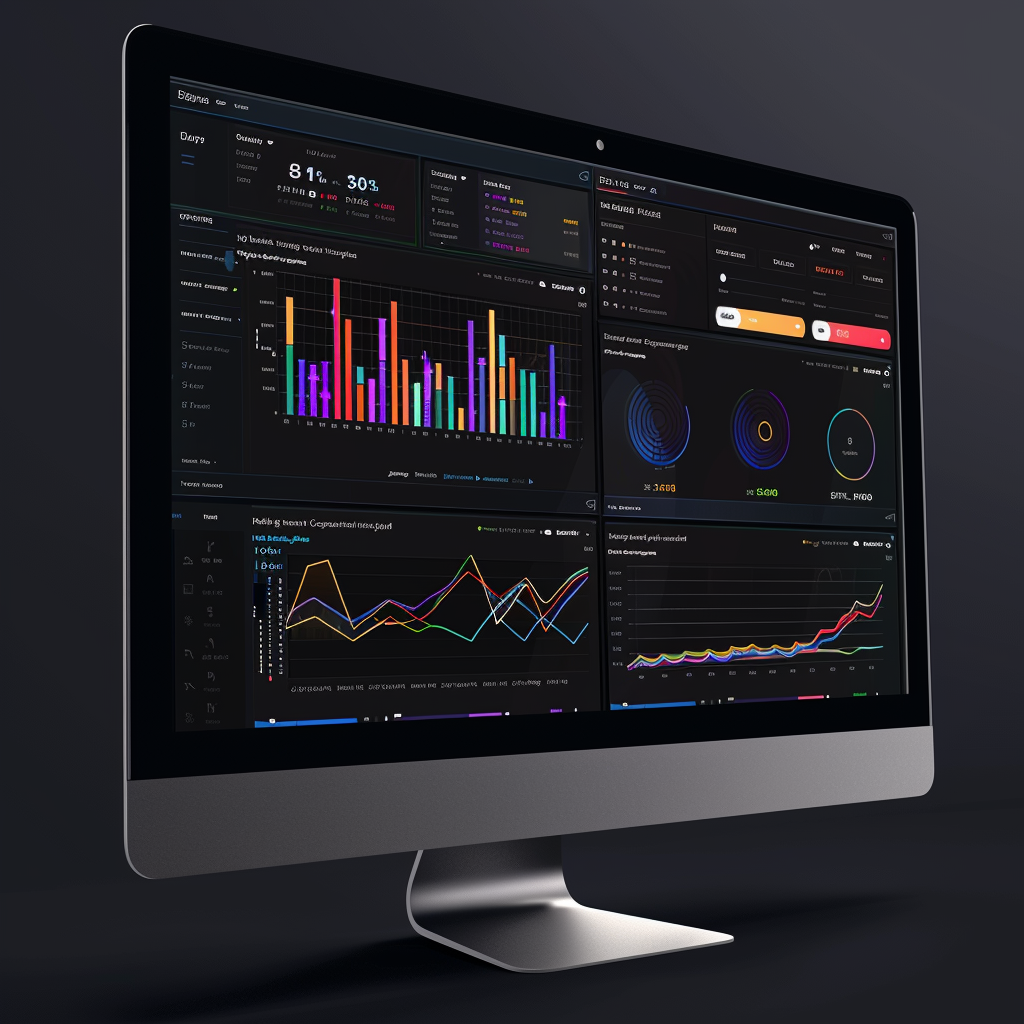Our Products
At RIV AI, we leverage advanced AI technologies to save your business time and money.
What does that look like?
Below, we have listed several common AI solutions that we like to integrate into our client's companies. This list is by no means exhaustive, and more often it's not. The final solution will likely include many of these products working in tandem to provide business owners with a time-and-money-saving machine!
NLP/AI Chatbot

What They Are:
AI-powered chatbots equipped with advanced natural language processing capabilities seamlessly understand and coherently respond to human language, almost as if you were speaking to a real agent.
Where They're Used:
They're ideal for customer support, sales inquiries, and onboarding.
What Problems They Solve:
They reduce response times, handle repetitive questions, provide round-the-clock support, return sources, and free up human agents so that they can focus on more complex issues.
AI Agents

What They Are:
AI agents are equipped with tools to perform specific tasks. APIs for data retrieval and interaction, machine learning models for decision making, or advanced math scripts for complex calculations are potential tools an agent may leverage.
Where They're Used:
They are particularly useful in scenarios requiring more functionality than simple conversation. AI agents can even be deployed in your browsers to click buttons, fill out forms, and navigate websites, providing enhanced interactivity and automation.
What Problems They Solve:
They improve operational efficiency by reducing the time and effort required for more complex repetitive processes. Additionally, they minimize the potential for human error, ensuring greater accuracy and consistency in task execution.
Workflow Automations

What They Are:
Systems that connect third-party applications. They integrate various software tools, automate data transfers, and manage workflows.
Where They're Used:
Workflow automations enhance efficiency and accuracy in business processes. They're often used for automating personalized follow-up emails to clients and updating CRM systems with new or changed customer information, ensuring up-to-date records and improved customer relationship management.
What Problems They Solve:
They eliminate manual data entry, synchronize information across platforms, and ensure consistent data flow. These systems save time, reduce operational costs, and enhance data accuracy. Real-time updates across tools lead to more informed decision-making and improved efficiency.
Computer Vision

What It Is:
AI technologies that interpret and process visual information from the world.
Where It's Used:
They're most often applied in quality control, security, inventory management and any other processes that would normally require vision.
What Problems It Solves:
They automate visual inspections, detect anomalies, and enhance security measures. They also, very importantly, integrate well within workflow automations to create considerably powerful systems.
Data Analytics

What They Are:
Machine Learning models that analyze data to predict future trends and outcomes in order to provide actionable insights.
Where They're Used:
They can be used to predict where to allocate marketing efforts most effectively, identify emerging market trends, optimize pricing strategies, and improve customer segmentation. Additionally, businesses can utilize these analytics for enhancing supply chain efficiency, forecasting demand, and assessing potential risks, leading to more informed decision-making and better resource management.
What Problems They Solve:
They are great for reducing high churn rates affecting revenue, fixing inefficient marketing efforts, detecting unusual patterns and behaviors in transaction data, and mitigating risks by identifying potential threats in advance.
Report Generations

What They Are:
AI systems that create detailed reports and content based on input data and previous example documents.
Where They're Used:
Most commonly used in business analytics, content creation, and financial reporting.
What Problems They Solve:
They speed up report creation, ensure accuracy, and maintain consistency.
Supplementary Softwares

What They Are:
Tailor-made software solutions designed to meet specific business needs. More than often they take the form of a dashboard for improved information display.
Where They're Used:
They are used anywhere that they can be useful within the existing business structure.
What Problems They Solve:
They provide supplementary assitance to any portion of the business process that is lacking in any regard, generally speaking, they enhance data visibility, and improve decision-making capabilities.